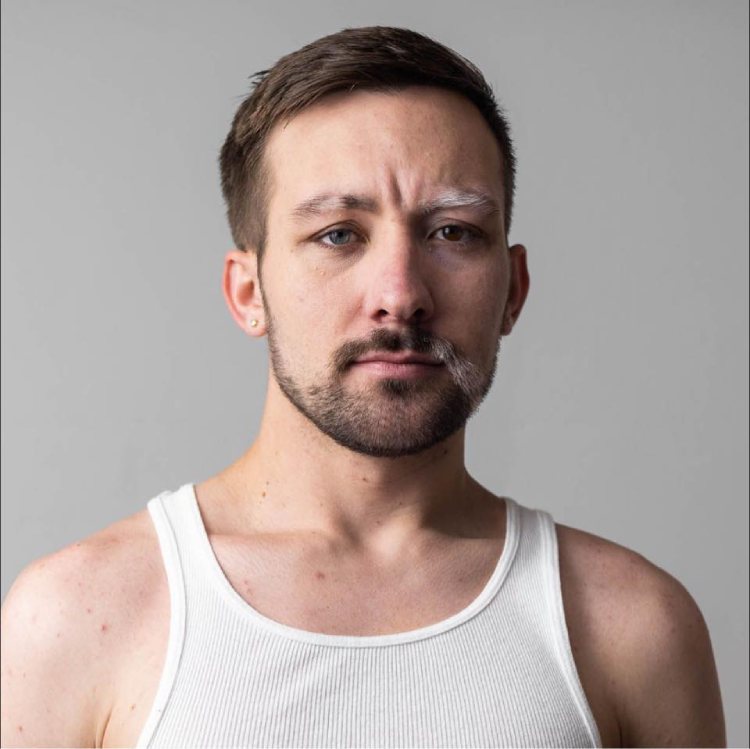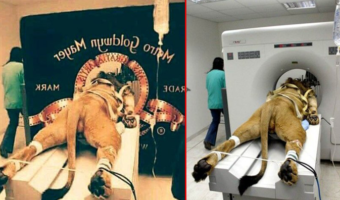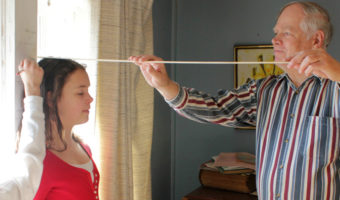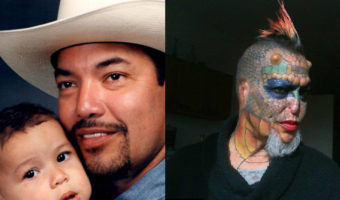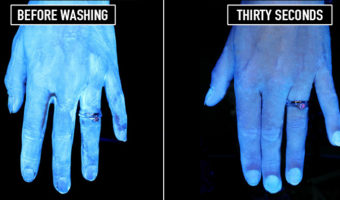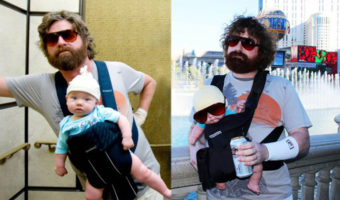This Man with Vitiligo and Heterochromia Has Embraced His Imperfections in Style!
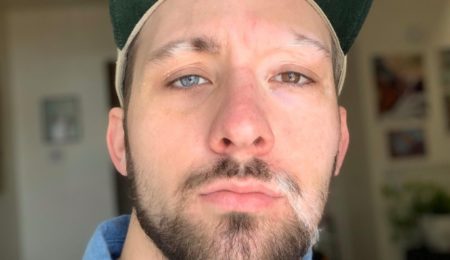
In a world where people are obsessed with physical beauty, many choose to embrace imperfections in style. One such person is Bryson Southard, a student from South Carolina who was born with heterochromia (distinctly-colored eyes). However, life changed drastically at the age of eight when he was diagnosed with vitiligo, a skin disorder that causes white patches on the skin. Due to the stigma surrounding the condition, many people fear it is contagious. This led to various physical, mental, and social challenges for Southard. Although Southard comes across as confident and optimistic today, his journey toward self-acceptance as the man with vitiligo and heterochromia was difficult and filled with self-doubt. He was an easy target for bullying due to his low self-esteem. It is important to note that although heterochromia and vitiligo are present in Southard, they are unrelated conditions.
Understanding Heterochromia and VitiligoÂ
Heterochromia is a rare condition in which an individual’s eyes are differently colored. It affects less than 1% of the population worldwide. Distinctly different colors occur due to variations in the amount of melanin present in the eyes. Darker eyes contain more melanin, while lighter eyes have less pigment. Heterochromia can be genetic, present at birth, or develop later in life due to injury, disease, or the side effects of medication. While heterochromia is usually harmless, it can sometimes indicate an underlying eye-related condition. An ophthalmologist can determine whether treatment is necessary for patients with heterochromia. Interestingly, while heterochromia is uncommon in humans, it is fairly common in certain breeds of dogs, cats, and horses.
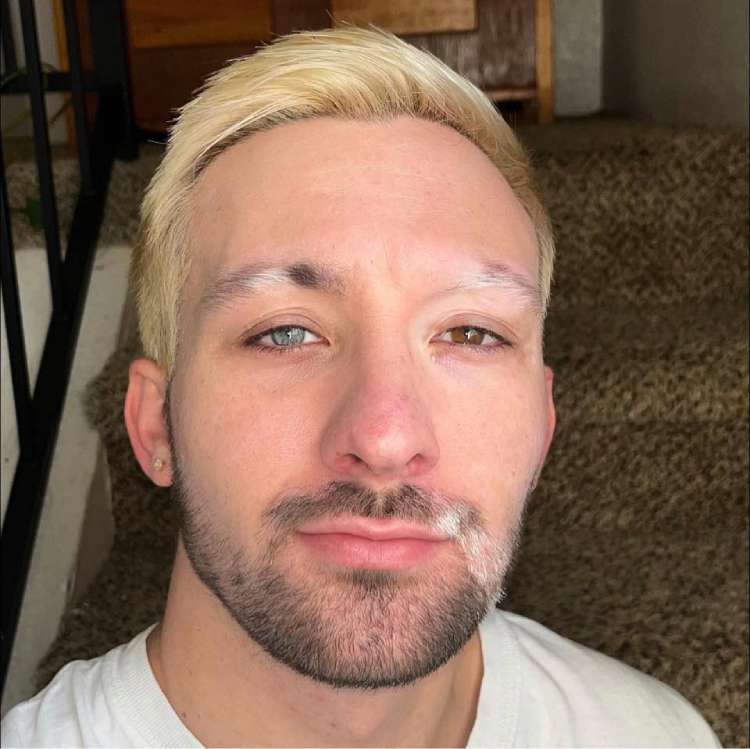
Vitiligo is a chronic condition that results in white patches on the skin due to loss of skin color. It occurs when the person’s immune system attacks the cells responsible for producing skin and hair color. Vitiligo can occur at any age, although the symptoms typically appear before the age of 30. Contrary to popular belief, this skin condition is not contagious. It affects about two to three million people in the US. Vitiligo can have a significant impact on a person’s emotional well-being due to the visible changes in their appearance. There is no known cure for vitiligo at present. However, several treatment options are available to manage the symptoms and improve the appearance of the skin.
Bryson Southard’s Journey of Self-Acceptance and Advocacy

Southard’s unique condition of heterochromia had made him a popular child in school until he was diagnosed with vitiligo at the age of eight. Southard initially noticed a white spot on the side of his torso. Later, he spotted another one under his left eye. When a dermatologist confirmed his diagnosis of vitiligo, Southard felt insecure and isolated himself from others, struggling to accept his uniqueness.
Southard’s’ journey mirrors the challenges many people with vitiligo face even today. Throughout middle and high school, the patches spread quickly to cover more than half of his face, eyebrows, and portions of hair on the back of his head. Adding to his trauma, people around him weren’t accepting of his condition, and their unintentional comments made him feel uncomfortable and humiliated. Dealing with the trauma alone gave rise to anxiety and insecurities.
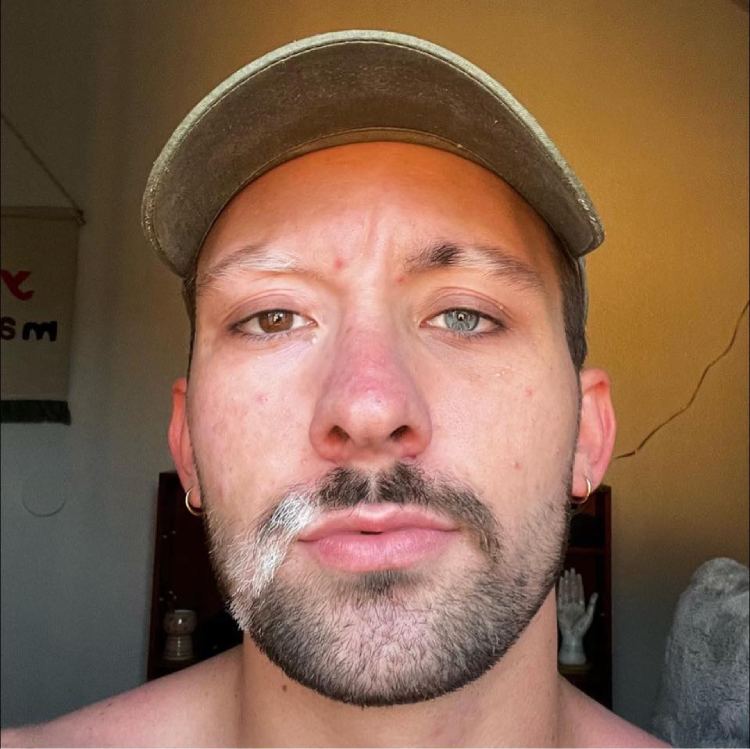
In his later years, Southard was fortunate enough to find a support system that helped him cope with his condition and accept himself. He learned to be an advocate for himself and started sharing his personal journey openly to help others facing a similar condition handle personal and societal prejudices. He now encourages people to be honest about sharing their experiences with the dermatologist and the vitiligo community. Southard actively participates in the “This Is Vitiligo†initiative to spread awareness and break the stigma and myths of this chronic condition.
Celebrities Who Embraced Uniqueness and Redefined Beauty
In recent years, several celebrities have embraced vitiligo and heterochromia and redefined conventional beauty standards. They have helped break the stigma surrounding these skin conditions and inspired others to accept themselves and celebrate their uniqueness.
Celebrities with Heterochromia:
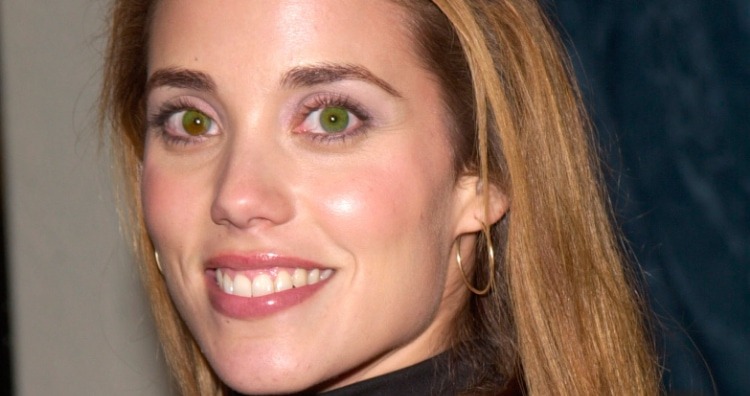
Actress Elizabeth Berkely, known for her roles in Showgirls and Saved by the Bell, has unique eyes. While one of her eyes is green, the other is half-green and half-brown.
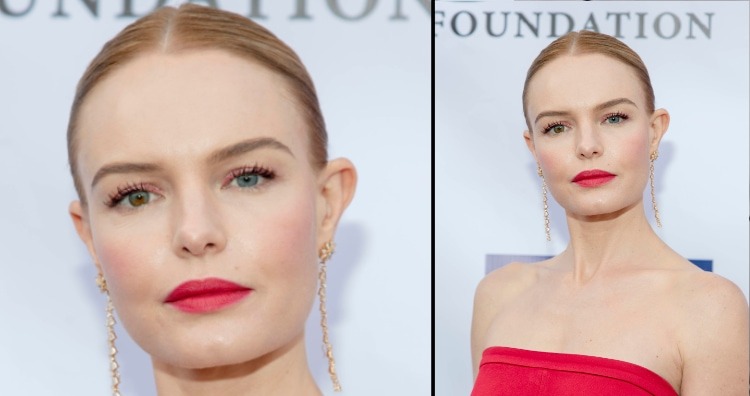
Actress Kate Bosworth is a well-known actress not only for her roles in movies such as Superman Returns and 21 but also for her different-colored eyes. While one of her eyes is blue, the other is hazel and blue.
Celebrities with Vitiligo:
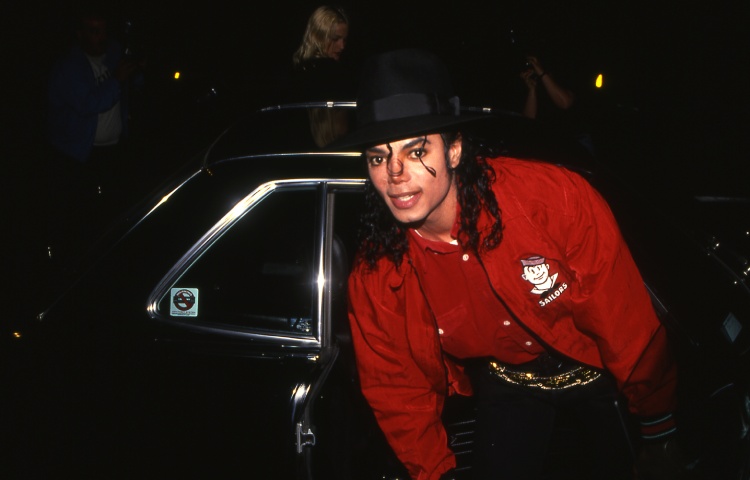
Michael Jackson, the celebrated singer and dancer, was diagnosed with vitiligo in 1986. Unfortunately, little was known about this disease at that time. Due to a lack of awareness, Jackson was frequently subjected to public scrutiny and criticism for the changes in his complexion and skin tone as he sought to find a cure. However, Jackson used his popularity to raise awareness about vitiligo and inspired countless individuals around the world to embrace their distinctive features.
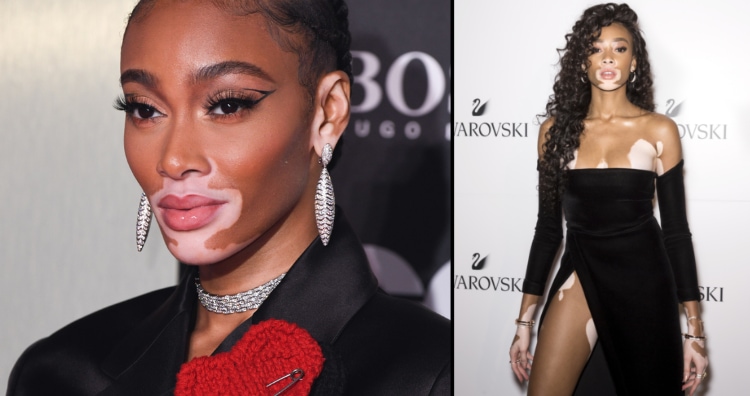
Winnie Harlow, a former finalist in the popular reality television series, America’s Next Top Model, is a modern-day icon for vitiligo. Being a prominent model in the fashion industry, she has inspired numerous women to accept and celebrate their unique skin by demonstrating grace and elegance.
Winnie Harlow & Shahad Salman are #strongertogether for Vogue Arabia June 2019. How awesome is this. Use the power of fashion and magazines to make society more inclusive. (Photo's: Dan Beleiu. Fashion: Katie Trotter.) pic.twitter.com/KTGYVz8czM
— Models Of Diversity (@ModsOfDiversity) May 29, 2019
Shahad Salman, a Saudi fashion model, drew inspiration from Winnie Harlow’s success in modeling and used it as a catalyst to pursue a career in the fashion industry. She believes that representation in the fashion industry is crucial in “normalizing” distinctive visible conditions like vitiligo and promoting inclusivity.
The inspiring stories of these role models demonstrate the importance of self-acceptance and self-love. They also highlight how spreading awareness can foster a more inclusive and accepting society that values diversity. As Justin Thomas Miller’s quote says, “Stop trying to ‘fix’ yourself; you’re NOT broken! You are perfectly imperfect and powerful beyond measure.”














